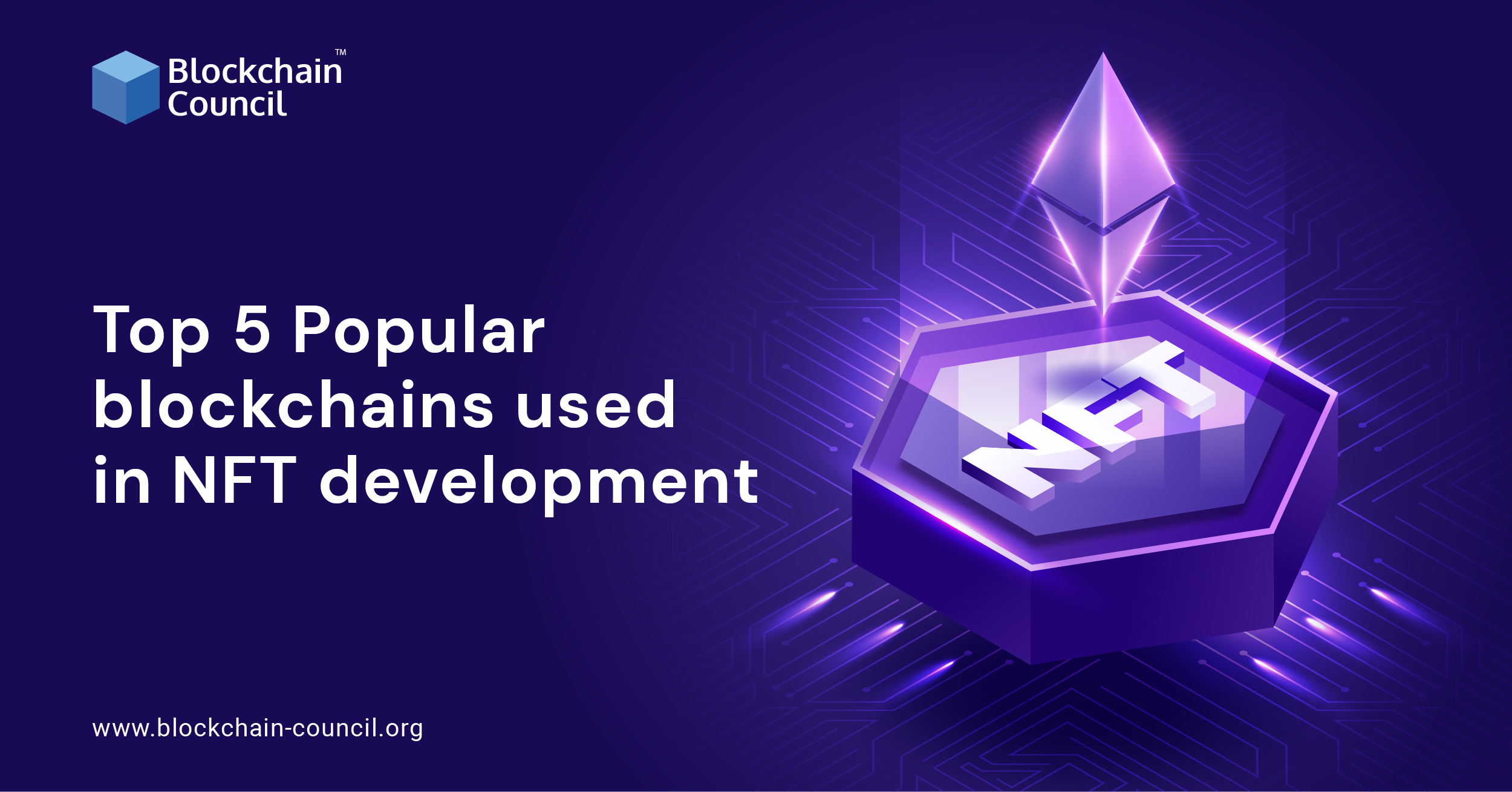
- Anshika Bhalla
- November 23, 2022
Developers use various blockchains to develop non-fungible tokens (NFTs). Each has its unique set of advantages and disadvantages. Therefore, it is important to understand the distinctions before one chooses them for development. This blog will explore the most used blockchains for NFT development.
- Ethereum: Ethereum is the most popular blockchain for developing NFTs. It’s well-established and has a wide user base, making it ideal for launching new projects. However, its scalability issues can make it difficult to use for large-scale applications.
- Flow: Flow, launched as early as 2020, has captured the interest of many crypto fans and is usually touted as a viable alternative to Ethereum. Flow is the creation of Dapper Labs, the Canadian startup that brought CryptoKitties to the world’s attention. This PoS-based blockchain has the potential to entire power ecosystems of apps, notably those related to gaming and digital collectibles like NFTs.
- Cardano: Founded by Ethereum co-founder Charles Hoskinson, it is a complex, decentralized proof-of-stake blockchain. Its primary goals are to enable transactions in its native cryptocurrency (named ADA) and to provide a comfortable environment for developers to construct highly scalable and resilient Cardano-powered apps. Cardano has a high performance: it can presently handle over 250 transactions per second. Its Layer 2 scaling technology, Hydra, is projected to improve Cardano’s efficiency and let it grow up to 2 million TPS with 2000 staking pools.
- Solana: Solana is widely regarded as one of the symmetric encryption space’s quickest programmable blockchains, aggressively vying with Ethereum and Cardano. Solana presently has around 400 projects in DeFi, NFTs, and Web3. The blockchain is built on a novel mix of proof-of-history (PoH) & proof-of-stake (PoS) consensus techniques. Solana can execute 65,000 transactions per second, and the developers claim that when the network expands, Solana’s TPS can reach 700,000.
- EOS: EOS is quickly gaining ground as a top blockchain for NFT development. It offers high scalability and quick transaction times, making it ideal for larger projects. However, its lack of flexibility can be a drawback for some developers.
Notable mentions
- WAX: It was created in 2017 and stood for Worldwide Asset eXchange in carbon-neutral blocks, running on a particular delegated proof of stake consensus mechanism and executing about 8000 more transactions each second.
- Tron: Tron is another blockchain quickly gaining popularity among NFT developers. It offers fast transaction speeds and high scalability, making it ideal for large-scale applications. However, its lack of features can be a drawback for some users.
- Binance Smart Chain: Binance Smart Chain (BSC) is a blockchain that operates alongside the Binance Chain. However, compared to the latter, it has enhanced smart contract capability made possible by its interoperability with the Ethereum Virtual Machine (EVM). It is based on the proof-of-staked-authority (PoSA) consensus method, which allows for lower block times and reduced costs. Because of its high performance and cheap costs, Binance Smart Chain has attracted thousands of users and projects. Its proprietary token standard, BEP-721, enables the development of non-fungible tokens.
- Bitcoin: Bitcoin is also used as a base layer for developing some NFTs because of its security and stability. However, its slow transaction speeds and limited scalability can hinder larger projects.
Learn in-depth about blockchain technology and NFTs, get certified, and become an expert in NFT Development. Enroll in our NFT Developer certification today!
What is a blockchain?
A blockchain is a distributed ledger that allows for secure, transparent, and tamper-proof record-keeping. It’s often used to create digital assets, like cryptocurrency or non-fungible tokens (NFTs).
Top Blockchains for NFTs in details
Let us take a closer look at the top blockchains for NFT development.
-
Ethereum
Ethereum is the most popular blockchain for NFT development for a few reasons. First, it’s the biggest and most well-known blockchain after Bitcoin. Second, it supports smart contracts, allowing developers to create new applications on Ethereum. And finally, it has a huge and vibrant community of developers and users.
If you’re considering developing an NFT on Ethereum, you’ll need to use a programming language like Solidity to write your smart contracts. You’ll also need to pay “gas fees” to Ethereum to have your transactions processed by the network.
Curious about Ethereum development? Learn more in-depth by enrolling in our Ethereum Developer certification today!
-
Flow
Flow strives to offer increased scalability by utilizing upgradeable smart contracts driven by Cadence (the programming language established by the Flow team). The blockchain has a multi-node and multi-role topology integral to the core transaction operations: consensus, execution, collection, and verification. It can process more than 10,000 transactions per second. Flow has two cost structures for transactions: one for opening an account, which starts at 0.001 FLOW (the platform’s native token), and the other for transactions, which starts at 0.000001 FLOW. Flow also has its APIs and comprehensive documentation on how to use them.
Regarding Flow marketplaces, NBA Top Shot is among the most successful projects. TuneGO, BloctoBay, and xtingles are a few additional Flow-powered projects.
-
Cardano
The Cardano blockchain is divided into two layers:
- The Cardano Settlement Layer (CSL) is used to transfer ADA between accounts and record transactions, and
- The Cardano Computation Layer (CCL) contains the smart contract logic used by developers to move money.
Cardano is built on Haskell, which serves as the basis for Plutus, Cardano’s programming language for smart contracts. Marlowe, the language used specifically for building smart financial contracts, is also powered by Haskell.
Popular Cardano-based NFT projects include CardanoKidz, Spacebudz, Professor Cardano, Crypto Knitties, and CryptoMayor. The first Cardano-powered NFT and digital collectibles, DeFi platforms: Cadalabs NFTs & Crypto Collectibles Market, was released in October 2021. Cadalabs aims to provide its consumers with the potential to produce and brand their digital products independently.
Users wishing to start with Cardano can discover its APIs as Cardano tools. It’s listed as a free community resource on their official website.
-
Solana
As previously stated, the Solana blockchain is built on a one-of-a-kind combination of proof-of-stake (PoS) and proof-of-history (PoH) consensus mechanisms. Because PoH does not need nodes to expend processing power before validating various timestamps, validators can be in charge of their clocks and speed up the transaction verification process. Solana’s smart contracts (called programs) are published on-chain using Rust, C, and C++ programming languages. Its transaction cost is relatively modest, amounting to around $0.00025.
Solana already boasts a handful of notable NFT projects, notably Degenerate Ape Academy, Solana Monkey Business, SolPunks, and Frakt, to mention a few. The blockchain also enables the creation of advanced marketplaces. Examples include Solanart.io and DigitalEyes.market, Solsea, and Megaplex.
-
EOS
EOS employs the delegated proof-of-stake (DPoS) consensus algorithm. C++ is the primary programming language used by the blockchain to build high-performance smart contracts. It is worth noting. However, that EOS may support languages with compilation compatibility with WebAssembly (WASM).
In terms of performance, EOS can handle roughly 4,000 transactions per second with a median validation rate of 0.5 seconds. Regarding pricing structure, EOS theoretically does not charge any gas or transactional costs. Users must, however, deposit some EOS tokens to register their wallets on the blockchain and keep them staked.
In 2020, EOS also launched a new NFT standard called AtomicAssets, which alleviates common usability issues by not needing any RAM from the user, something other blockchain standards suffer from. AtomicMarket, Upland, Crypto Dynasty, and Blockchain Cuties are some of the most well-known NFT collections on the EOS blockchain.
No blockchain can be acclaimed as “the best” blockchain for developing NFTs. The preference of the chain depends on specific considerations and the likability of the developer.
What should we know before choosing a blockchain for NFTs?
Hope by now you have chosen your favorite blockchain. But there are still a few things you’ll need to consider. As a developer, you must decide whether you prefer a public or private blockchain. Next, you’ll need to decide upon the blockchain’s scalability. Lastly, you’ll need to decide upon the gas fees (fees associated with minting and storing your NFTs). Numerous other decisions must be made. We have listed a few of them below.
-
Transaction speed
One of the first things you need to consider is transaction speed. How fast do you need your transactions to be processed? This will be determined by the type of NFTs you want to create.
For example, if you’re looking to create high-resolution images or videos, you’ll need a blockchain that can handle large file sizes. If you’re looking to create something that can be used in a game or virtual world, on the other hand, you’ll need a blockchain that can handle a high volume of transactions.
There are a few different options, so it’s important to research and find the one that’s right for you.
-
Transaction costs
When choosing a blockchain for NFTs, you’ll need to consider transaction costs. How much will creating and minting an NFT on the blockchain cost?
And not just the upfront cost but also the ongoing costs. For example, some blockchains charge a fee every time an NFT is transferred. So if you plan on selling your NFTs, you’ll need to factor in those costs.
Some blockchains are more expensive than others, so it’s important to research and figure out which one is right for you.
-
Smart contract functionality
When looking at different blockchains, you’ll need tore that they offer the smart contract functionality you need. Smart contracts enable the transfer of NFTs, so they’re an important part of the equation.
There are a few things you should consider regarding smart contracts.
- Firstly, ensure that the blockchain can support the execution of smart contracts. This might seem like a no-brainer, but some blockchains are better equipped for this than others.
- Next, consider the language in which the smart contracts are written. Some blockchains use their proprietary language, while others use more standard languages like Solidity. If you’re not a developer, this might not mean little to you, but it’s something to keep in mind if you’re working with a development team.
- Finally, consider the gas fees associated with running a smart contract on a particular blockchain. Gas fees vary significantly from one blockchain to another, which is worth considering.
Do you want to develop your smart contracts? Enroll in our NFT expert certification and get certified today!
-
Security
Another factor you need to consider is security. Regarding NFTs, you’re dealing with digital assets that must be stored securely. And that’s where blockchain comes in.
With blockchain, your NFTs are stored in a decentralized ledger, which means they’re not susceptible to hacks or fraudulent activity. But not all blockchains are created equal; some are more secure than others.
When choosing a blockchain for your NFTs, always perform proper research and select a chain with good security. Otherwise, you could risk losing your NFTs to a hacker or may get scammed by someone who pretends to be an NFT collector.
-
Forking
Forking is the process that allows developers to take the code from an existing blockchain and create a new, separate version of the blockchain with its own set of rules.
You should be aware of two popular forks: hard and soft.
- A hard fork is a complete change to the underlying code of the blockchain, which is not backward compatible. If you want to use the new blockchain, you must create a new wallet and can no longer use your old one. Hard forks are often used to roll out major changes or updates to a blockchain.
- On the other hand, a soft fork is a change to the blockchain that is still compatible with the old version. You can still use your old wallet with the new blockchain. Soft forks often introduce minor changes or updates to a blockchain.
Conclusion
Undoubtedly, NFTs have become the next big thing. They have penetrated both large-scale and small-scale businesses that are hyper-concentrating towards initiating trailblazing web3 campaigns with the vision of establishing newer enthusiastic communities, spaces, and revenue policies. Web3 is still nascent, so developer communities have many options available to bring creative innovations and initiatives through their developmental projects. Finalizing a blockchain of choice and obtaining development competence might be a highly lucrative career choice for individuals wishing to capitalize on the unforeseeable future.
Blockchain Council is a one-stop knowledge destination that provides expert guidance and solutions for everything related to blockchain technology. Pick from any of our 50+ advanced certification and become a certified expert today. For more details, visit Blockchain Council.

































































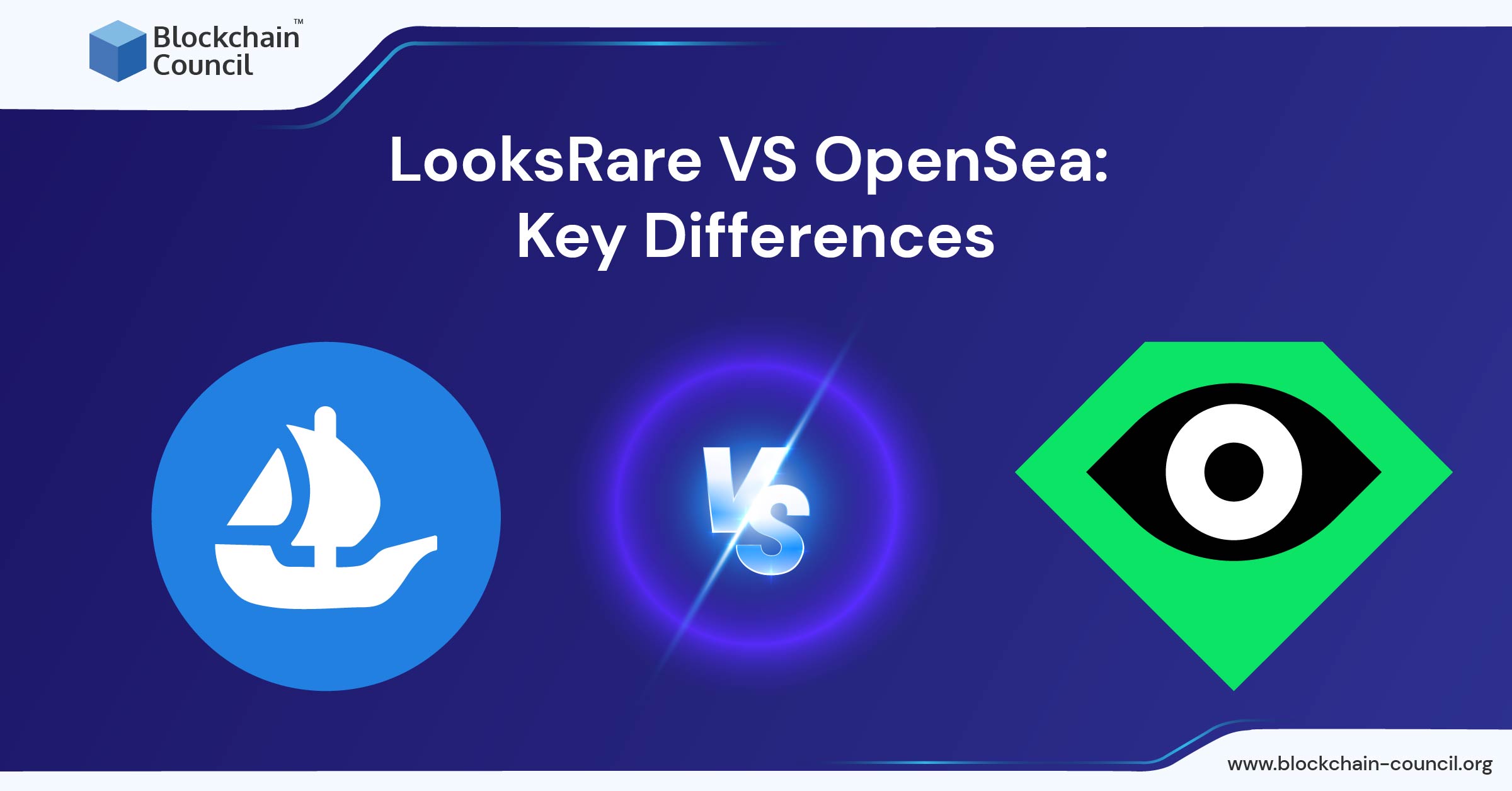
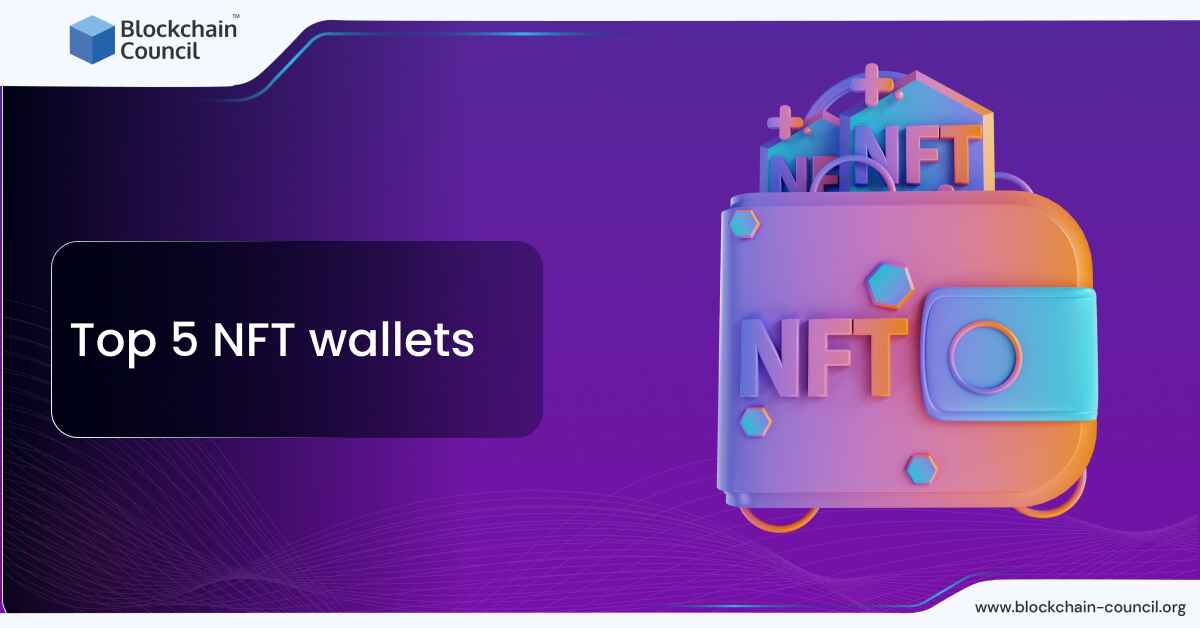
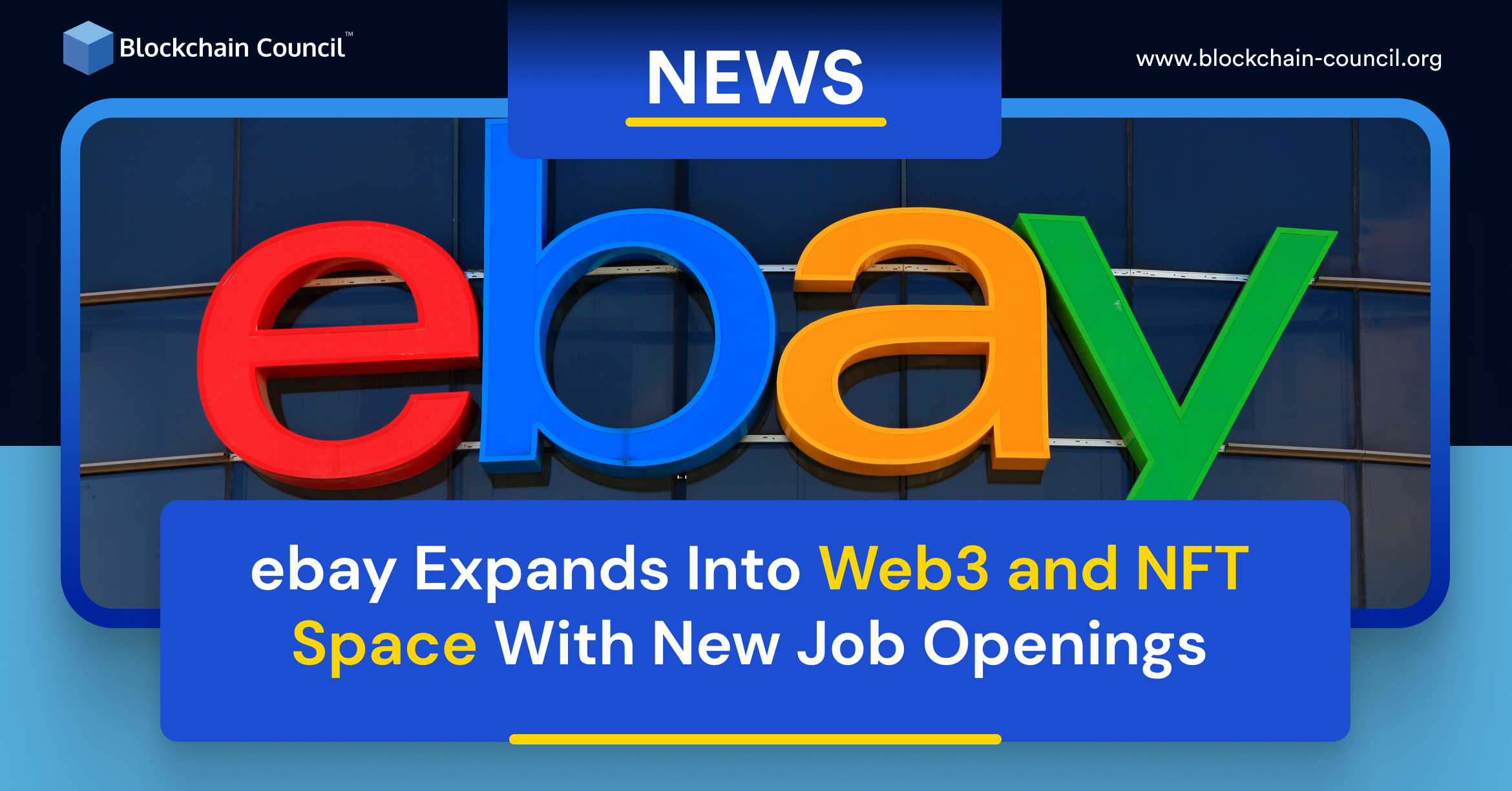
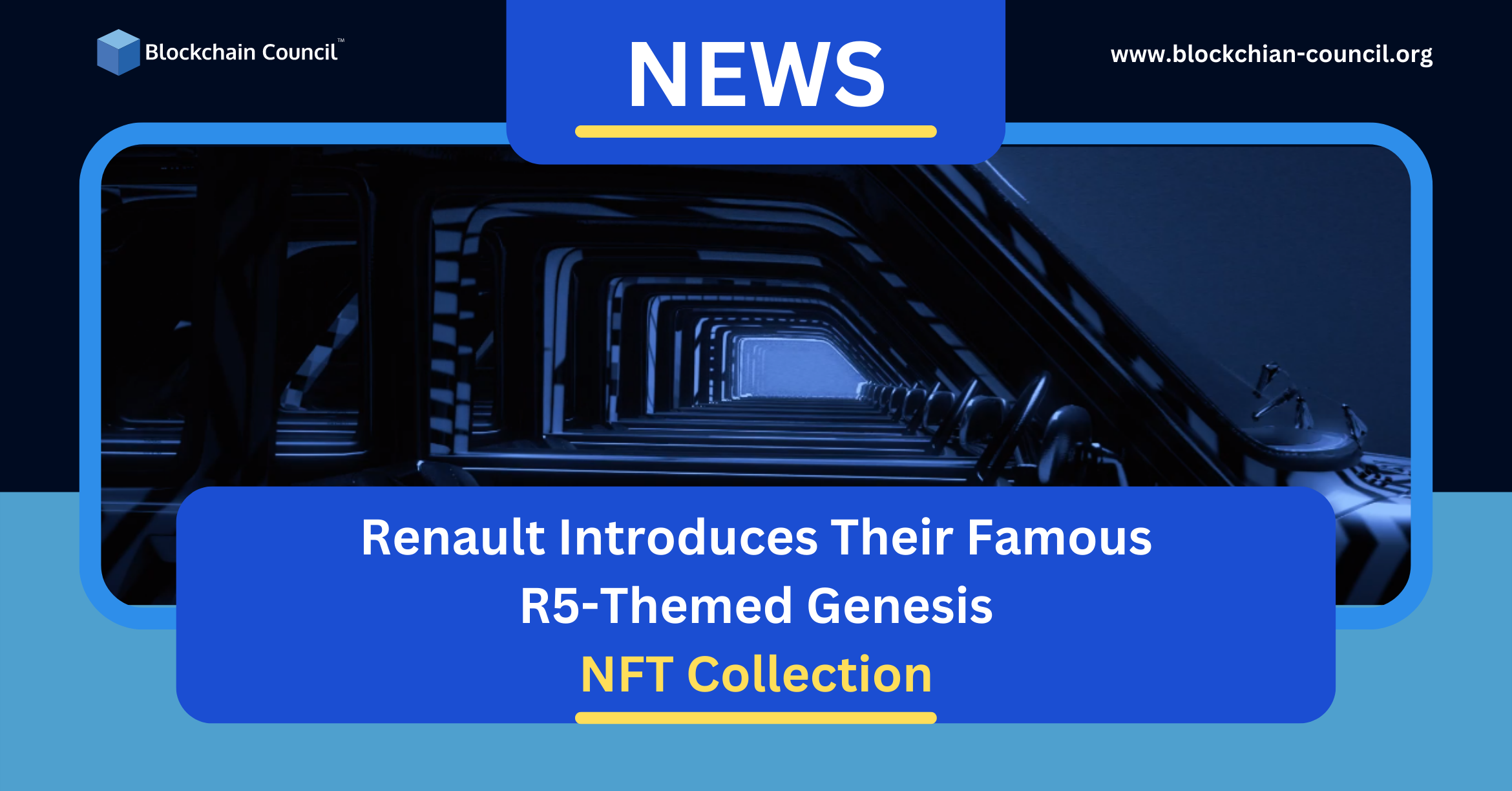
 Guides
Guides News
News Blockchain
Blockchain Cryptocurrency
& Digital Assets
Cryptocurrency
& Digital Assets Web3
Web3 Metaverse & NFTs
Metaverse & NFTs
